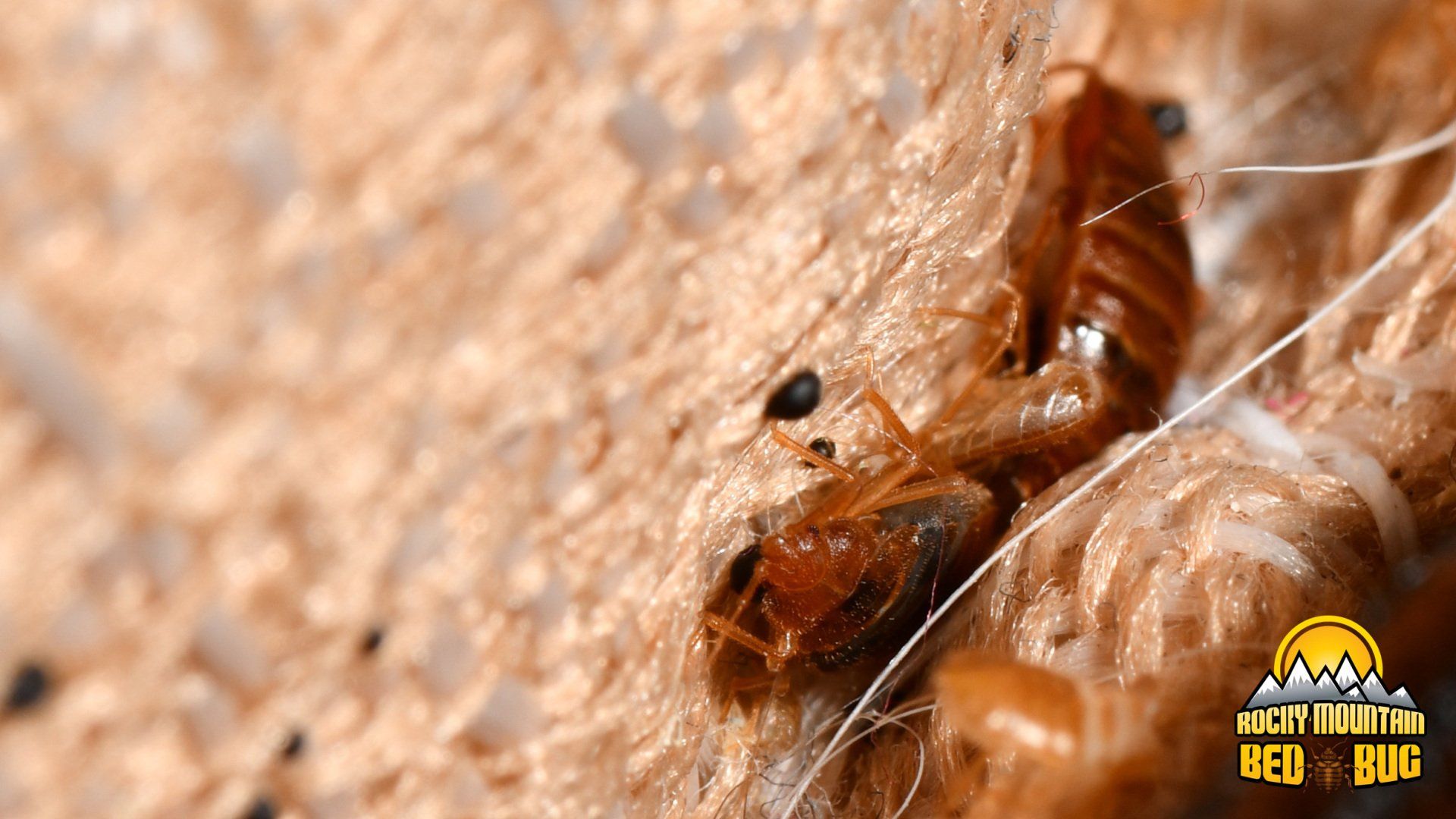Our Top Tips for Bed Bugs in Twin Falls, ID
Request a Free Quote
Hero Request Form
We'll Eliminate All Stages of Bed Bugs in Twin Falls, ID and Beyond
Bed bugs are a parasitic insect that feed exclusively on blood. The name bed bug is derived from its habitat: a warm house and near or inside bedding and beds or other sleep areas.
Read below to find out how to detect bed bugs, where to search if you suspect infestation, and how Rocky Mountain Bed Bug's specialty heat treatments provide the safest, most efficient bed bug removal services available. As the leading experts in treatment for bed bugs in Twin Falls, ID and numerous other cities across Idaho, Montana, Wyoming, and Utah, Rocky Mountain Bed Bug is the name you can trust to keep your home free of bed bugs and other critters.
Contact Our Team for the Expert Pest Control Idaho Falls, ID Relies On
The team at Rocky Mountain Bed Bug has over 35 years of experience detecting and thoroughly removing bed bugs from properties throughout Idaho, Montana, Wyoming, and northern Utah. Call today for a free quote on bed bug treatments! When you work with us, you'll quickly learn why we're the most trusted name in pest control in Idaho Falls, ID and numerous other cities across the Mountain West area. We take your safety and well-being very seriously. Allow us to help you feel more comfortable and at ease in your home! Get in touch with us today.



Share On: